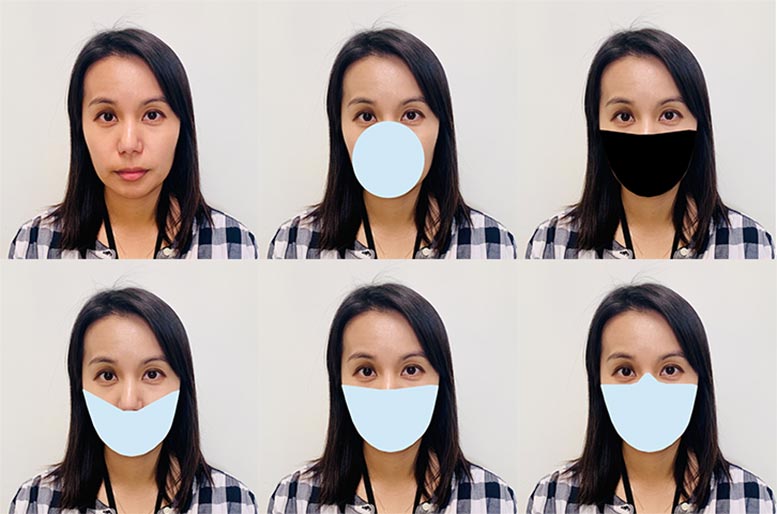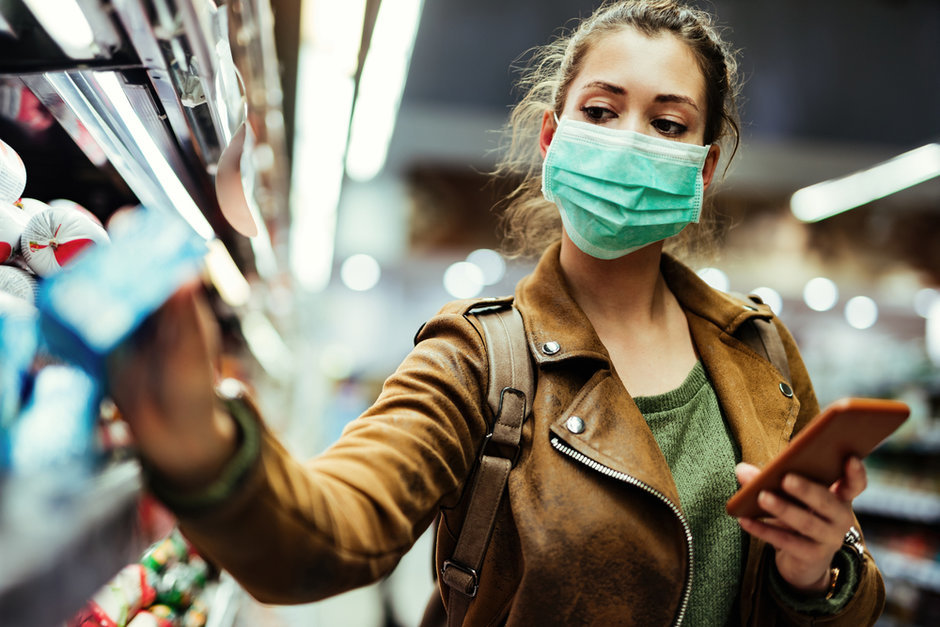Can Facial Recognition Algorithms Discern People Wearing Facemasks?

COVID-19 is a game-changer, and its effect is global. The World Health Organization (WHO) and local health agencies requiring people to practice basic health protocols, one of which is the wearing of facemask, a question comes up. Will the facial recognition algorithms be able to recognize people wearing masks?
Results of a study
In a preliminary study by the NIST (National Institute of Standards and Technology), the algorithms have difficulty identifying people wearing facemasks. They tested 89 commercial facial recognition algorithms and got error rates ranging between 5% and 50%. In the study, they digitally added masks on photos and matched them with the pictures of the same persons without masks. The NIST said the study is the first in a series of studies they will conduct for their Face Recognition Vendor Test program. The studies will test the performance of various face recognition algorithms when facemasks partially cover faces.
How will previous algorithms cope with the health protocol?
NIST computer scientist Mei Ngan, who is also the author of the report, said they are doing the study to understand how people with masks affect face recognition technology performance. They are testing the algorithms that were developed before COVID-19. In the coming months, they will put the accuracy of the algorithms that were specifically designed to recognize faces with masks.

Testing methodology
The team from NIST tested the different algorithms using the one-to-one matching method. Their study was extensive, using around six million photos that were used in other Face Recognition Vendor Test studies.
Since there is no standard shape of facemasks, the researchers digitally applied different shapes of masks. They used nine variants, differing in nose coverage, color (black and light blue), and shape. The digital masks they use were in different shapes, covering the nose in varying degrees.
The research team considered that the facial recognition algorithms were not designed to identify people wearing masks. They have limitations in their study since they were using photographs and digital masks.
Lessons learned
But they still believe that it was a good start. According to the results, the most accurate algorithms still have a failure rate of 0.3% when checking people’s photos without masks. When used on masked images, the failure rate increases to around 5%, while other algorithms failed around 20% to 50% of the time.
They learned that when a person is wearing a mask, the algorithms fail to process the face because they cannot measure the facial features, such as size and distance. The inability to process, called failure to enroll (FTE), means that the algorithms cannot extract the features substantially to make a valid comparison.
Another thing they learned is that the accuracy decreases, the more the mask covers the nose. They checked the response of the algorithms in low, medium, and high nose coverage.
The color and shape of the facemask affect the accuracy of the identification. Errors rates with round masks were lower. Black colored masks debase the performance compared to the light blue surgical masks. They were not able to thoroughly check the effect of color due to time constraints.
Future tests will check the capability of face recognition algorithms developed for persons wearing masks.